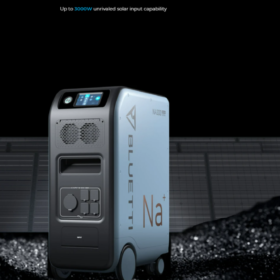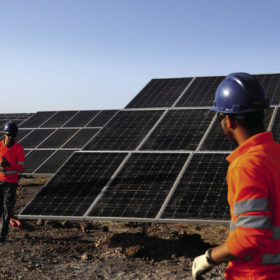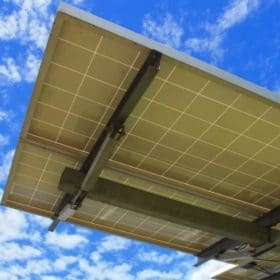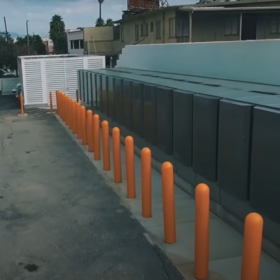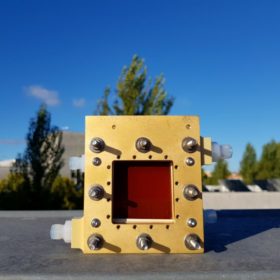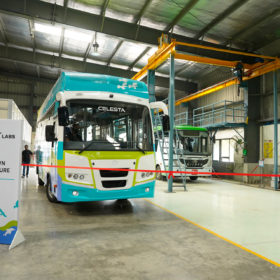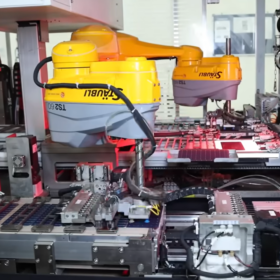Electrolyzer tech to produce hydrogen from seawater
With a new start-up and a consortium in the Netherlands, German automotive supplier Schaeffler wants to significantly reduce the costs of green hydrogen.
Bluetti launches sodium-ion solar generator
Bluetti’s NA300 sodium-ion solar generator offers thermal stability, fast-charging capacity, low-temperature performance, and integration efficiency.
Oil India to set up 100 kW green hydrogen plant in Assam
The plant at its Jorhat oilfield in Assam will produce green hydrogen using anion exchange membrane (AEM) technology.
Rystad: Residential solar soars past C&I in 2021 globally
Renewable energy and battery storage has racked up another banner year in 2021, according to end-of-year analysis from Rystad Energy. While there was growth across segments, residential solar has seen the most impressive gains, surpassing the commercial and industrial (C&I) segment for the year.
India’s energy transition: Opportunities in power transmission, monitoring and storage
As India ramps up renewable capacity, there will be a higher requirement for substations, transmission corridors as well as battery energy storage. There is tremendous potential in technology localization in areas such as remote power monitoring, predictive maintenance, EV charging, green hydrogen, and energy storage.
2021: A year of ascent for solar PV
The solar sector in India bounced back to make 2021 the best year in new PV capacity addition. The year also witnessed a massive response to PLI tender for solar manufacturing and launch of 50 GWh battery cell tender and green hydrogen mission.
Bloom Energy to power India’s first green hydrogen microgrid
State-owned NTPC Limited has selected California-headquartered Bloom Energy’s electrolyzer and hydrogen-powered fuel cell technologies for the nation’s first green hydrogen-based energy storage deployment.
Solar redox flow cell for residential energy storage
The device was designed by scientists in Portugal to optimize light absorption by the semiconductor and ensure an effective diffusion of redox species while offering minimal electronic and ionic transport resistance. The cell has a 25cm2 photoactive area and relies on ferrocyanide/anthraquinone redox flow chemistry and a nanostructured hematite photoelectrode.
Draft of National Green Hydrogen Mission under inter-ministerial consultations
The mission envisages commercial production of green hydrogen production in the nation from the financial year 2025-26 onwards.
Hydrogen fuel cell bus made in India
Sentient Labs has launched a hydrogen fuel cell bus that runs on an indigenously developed hydrogen fuel cell and electric powertrain. The hydrogen fuel cell was developed in collaboration with the National Chemical Laboratory (NCL) and Central Electro Chemical Research Institute under the aegis of the Council of Scientific and Industrial Research.

